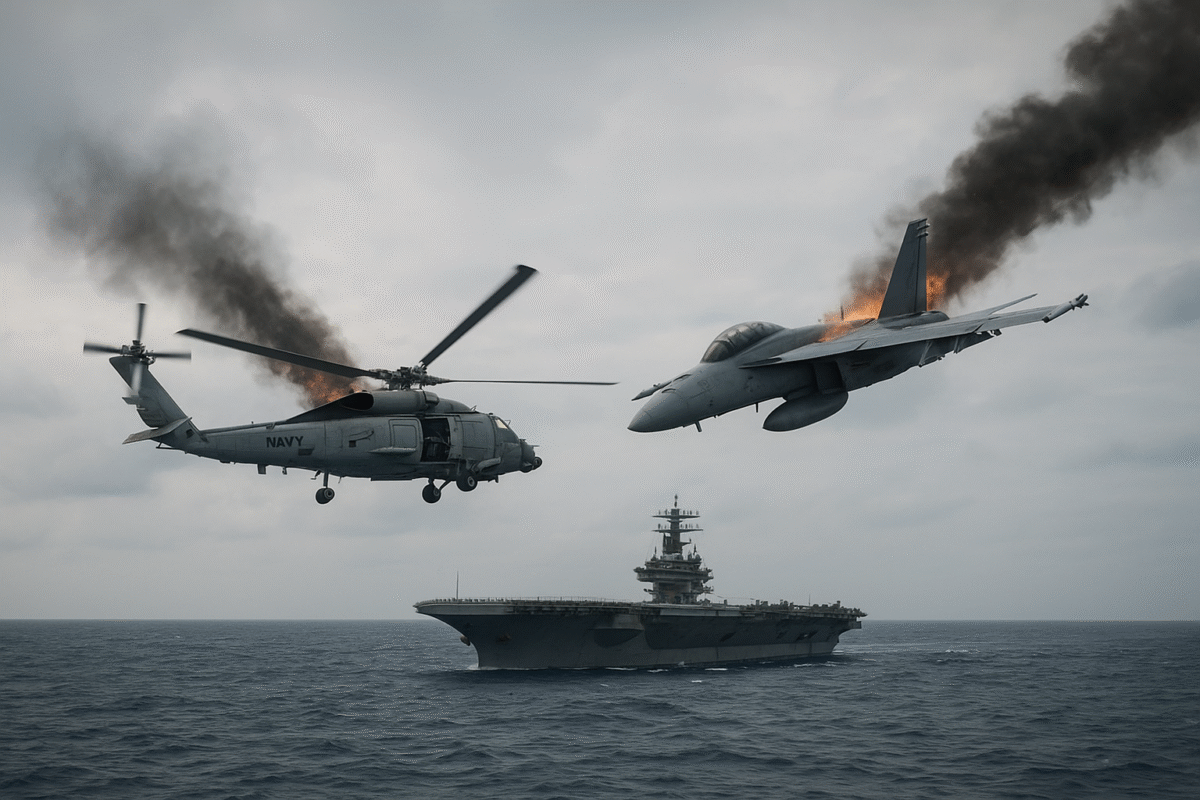Can China’s new Fujian aircraft carrier challenge America’s naval dominance?

Can China’s new Fujian aircraft carrier challenge America’s naval dominance?
Hi China’s newest and most advanced aircraft carrier, the Fujian, has officially entered service, marking a milestone in Beijing’s decades-long drive to build a world-class navy capable of projecting power across the globe. The massive 80,000-ton vessel was commissioned earlier this week at a naval base in Sanya, Hainan Island, during a ceremony attended by Chinese President Xi Jinping, according to state broadcaster CCTV.
Stretching more than 300 meters in length and built at an estimated cost of £5.4 billion, the Fujian now places China second only to the United States in terms of operational aircraft carriers. It is the country’s third carrier—after the Liaoning and Shandong—and the first built entirely with domestic technology, reflecting China’s rapid advances in military engineering.
Cutting-Edge Tech: EMALS Launch System
What makes the Fujian especially significant is its electromagnetic aircraft launch system (EMALS), a technology that replaces traditional steam catapults. This system allows aircraft to take off with heavier payloads of weapons and fuel, enabling longer-range missions. Until now, only the U.S. Navy’s USS Gerald R. Ford class carriers possessed such technology.
Chinese media say the decision to adopt EMALS was personally approved by President Xi Jinping, underscoring its strategic importance. The Fujian can reportedly deploy up to 60 aircraft, including the J-35 stealth fighter, the J-15T, and the KJ-600 early warning plane.
A Show of Strength and Symbolism
The commissioning ceremony was rich in symbolism. Thousands of shipbuilders and navy personnel lined the docks as Xi raised the naval ensign and toured the carrier’s flight deck. State television showed the president pressing the test button of the catapult system—a gesture that served as both a technical milestone and a political statement of confidence.
The Fujian’s debut coincides with heightened U.S.–China competition across multiple domains, from trade and technology to defense. Analysts see the carrier as a centerpiece of China’s ambition to operate far from its shores, safeguarding interests from the Indian Ocean to the western Pacific.
How It Compares to the U.S. Navy
Despite the impressive leap, military experts note that China still trails the United States in carrier capability. Washington operates 11 carriers—most nuclear-powered—allowing them to remain at sea indefinitely, limited only by crew endurance and supplies. The Fujian, by contrast, relies on conventional fuel and must refuel periodically, limiting its operational range.
Former U.S. naval officers estimate that even with EMALS, the Fujian may only achieve about 60 percent of the sortie rate of an American supercarrier, mainly due to differences in deck configuration and support logistics. Still, the ship’s launch underscores China’s determination to close that gap.
Strategic Implications
Beyond its military role, the Fujian serves as a potent tool of diplomacy and deterrence. Aircraft carriers symbolize global reach—capable of delivering air power, humanitarian aid, or political messages. As one defense analyst put it, “Carriers are floating statements of intent.”
China’s growing fleet also reflects its desire to protect maritime trade routes and assert claims in contested waters such as the South China Sea. The next vessel, already under construction and informally dubbed Type 004, is expected to be nuclear-powered, signaling Beijing’s ambition to match U.S. endurance and capability.
FAQs
1. What makes the Fujian different from previous Chinese carriers?
It’s the first to feature an electromagnetic catapult system and a flat flight deck, enabling the launch of heavier and more advanced aircraft.
2. How powerful is the Fujian compared to U.S. carriers?
While advanced, it still lags behind the U.S. Navy’s nuclear-powered carriers in sortie rate, endurance, and overall experience in carrier operations.
3. Why did Xi Jinping attend the ceremony?
His presence emphasizes the political and strategic importance China places on naval expansion as part of its goal to build a world-class military.
4. What’s next for China’s navy?
China is already building the Type 004, expected to be nuclear-powered and equipped with next-generation carrier aviation technology.



